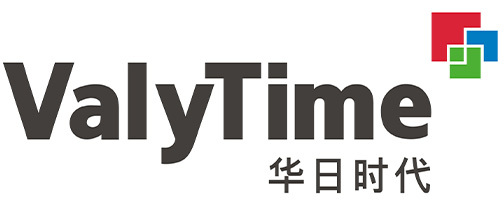Where is it not suitable to install LED lighting downlight?
With the advancement of science and technology and the enhancement of energy-saving and environmental protection awareness, LED lighting technology has gradually replaced traditional light sources and become the first choice for home, commercial and industrial lighting.
Downlights, as an important indoor lighting device, have also been combined with LED technology in this trend. So, what exactly is LED lighting downlight? And where is it not suitable to install this kind of lamp? This article will give you a detailed analysis.
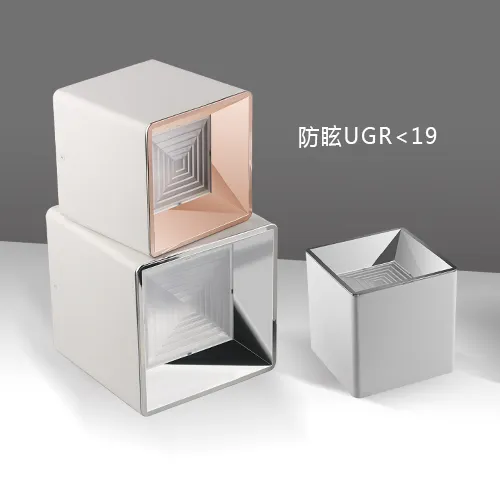
What is LED lighting downlight?
LED lighting downlight is an embedded lighting device that uses light-emitting diodes (LEDs) as light sources. It is usually installed in the ceiling, and it combines beauty and practicality through a simple appearance design, providing uniform and soft lighting without taking up space.
1. The main components of LED downlights include:
· LED light source: the core light-emitting component, which has the characteristics of high brightness, high efficiency and long life.
· Driving power supply: converts the mains electricity into low-voltage direct current suitable for LED operation to ensure the normal operation of the lamp.
· Heat dissipation device: LED light sources generate heat when working, and the heat dissipation device can avoid light decay and shortened life caused by overheating.
·Lampshade or reflector: used to optimize light distribution and prevent glare.
·Casing: provides structural support and protects internal components.
2. Main features of LED downlights
·Energy saving: LED downlights have low energy consumption, only 10% to 20% of traditional incandescent lamps.
·Long life: The service life can usually reach more than 50,000 hours.
·High luminous efficiency: LED light sources have high luminous efficiency and good color rendering, which can truly restore the color of objects.
·Environmental protection: does not contain harmful substances such as mercury and meets environmental protection standards.
·Design diversity: simple appearance, a variety of color temperatures and beam angles are available, suitable for different scene requirements.
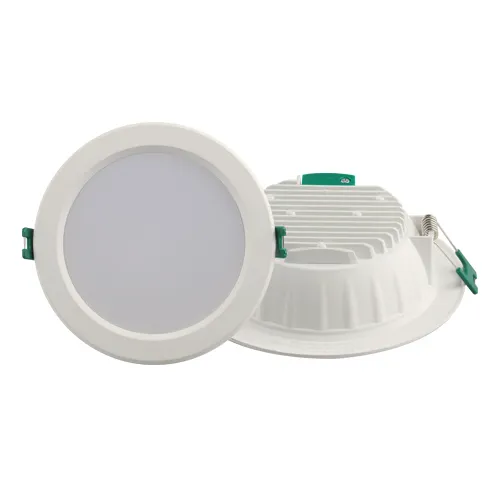
What are the application scenarios of LED lighting downlight?
LED lighting downlight is widely used in homes, offices, shopping malls, hotels, exhibition halls and other places with its excellent performance. Specifically:
·Home lighting: basic lighting for living rooms, restaurants, kitchens and other areas.
·Commercial lighting: such as shopping mall shelves and window lighting, highlighting the characteristics of goods.
·Hotels and public spaces: Improve the comfort and class of the space.
·Exhibition and art spaces: High color rendering LED downlights can highlight the details of exhibits.
Where are not suitable for installing LED lighting downlight?
Although LED downlights have many advantages, they are not the best choice in certain environments. This mainly involves factors such as installation conditions, usage environment, and demand differences.
Places that are not suitable for installing LED lighting downlight include:
1. Wet or high humidity environment
2. High temperature or extreme temperature environment
3. Too low ceiling space
4. Frequent switching scenes
5. Places that require extremely strong light output
6. Art galleries or special exhibition spaces
7. Direct exposure to strong impact or vibration environments
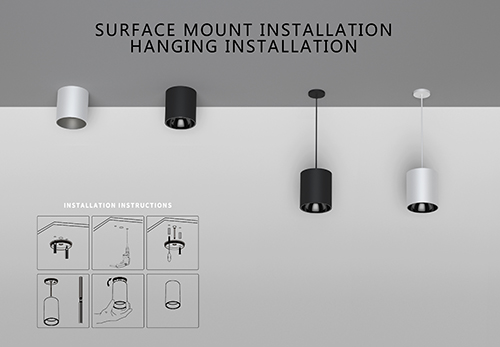
1. Wet or high humidity environment
LED downlights have certain requirements for environmental humidity, and ordinary LED downlights have weak waterproof and moisture-proof performance. If installed in high humidity environments such as toilets, bathrooms or outdoors, it is easy to cause:
·Circuit short circuit: Moisture penetrates the circuit, which may cause failures or safety hazards.
· Damage to lamps: Humid environments can easily accelerate the corrosion of metal parts and shorten the life of lamps.
In these places, if you really need to install downlights, you should choose products with IP65 or higher protection levels.
2. High temperature or extreme temperature environment
The light source and driver power supply of LED downlights are sensitive to temperature. In high temperature or extreme temperature environments, the following problems may occur:
· Poor heat dissipation: High temperature environments aggravate the difficulty of heat dissipation, resulting in faster light decay or lamp failure.
· Damage to electronic components: The stability of electronic components in the driver power supply is threatened.
For example, ordinary LED downlights are not suitable above the kitchen stove or in industrial high-temperature areas. It is recommended to choose professional lamps designed for high-temperature environments.
3. Too low ceiling space
LED lighting downlight usually requires a certain embedding depth and heat dissipation space. If the ceiling space is too low, it may cause:
· Difficult installation: The lamp cannot be fully embedded, affecting the appearance.
· Limited heat dissipation: Poor heat dissipation conditions may cause the lamp to overheat, thereby reducing its service life.
For places with low ceilings, surface-mounted LED ceiling lights or surface-mounted downlights can be selected as alternatives.
4. Frequent switching scenarios
Although LED downlights have a long lifespan, frequent switching will accelerate the aging of their driver power supply, resulting in a shortened lifespan. For example, high-frequency use places such as corridors or stairwells may be more suitable for lamps specially designed for high switching tolerance.
5. Places requiring extremely strong light output
Although the brightness of LED downlights is sufficient to meet general lighting needs, they are insufficient for industrial plants or large-scale outdoor lighting that require extremely strong light output. These places usually use high-power LED spotlights or floodlights.
6. Art galleries or special exhibition spaces
Although LED downlights have good color rendering, some professional exhibition places may require a higher color rendering index (CRI) or a specific spectrum to highlight the texture and details of the artwork. In this case, special display lamps need to be selected.
7. Direct exposure to strong impact or vibration environments
The structure of LED downlights is relatively fixed and is not suitable for environments with frequent vibrations. For example, near high-vibration equipment in factories or in extreme weather outdoors, more durable lamps may be needed.
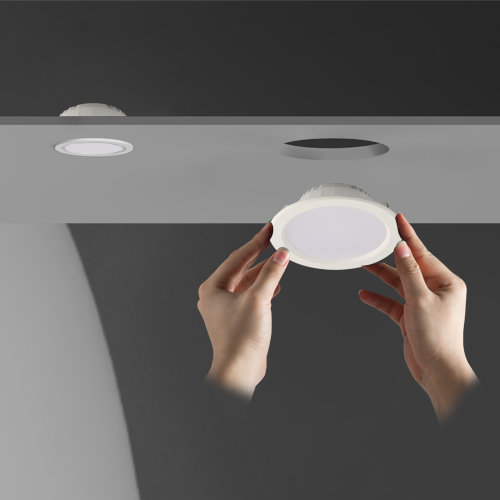
What are the precautions for selecting and installing LED downlights?
To ensure the effectiveness and safety of LED lighting downlights, the following points should be noted when selecting and installing:
1. Choose the right product according to the purpose
· Home lighting: focus on color temperature and color rendering.
· Commercial display: choose lamps with high color rendering index.
· Special places: focus on protection level and durability.
2. Check product quality and certification
· Choose products that have passed CCC, CE, RoHS and other certifications.
· Ensure that the quality of the driving power supply is reliable and avoid frequent maintenance.
3. Check the circuit and environment before installation
· Ensure that the installation environment meets the requirements of the lamp.
· Check whether the ceiling structure can bear the weight of the lamp.
4. Regular maintenance
· Clean the lamp regularly to avoid dust affecting heat dissipation.
· Check the power cord and interface to prevent looseness or aging.
As an efficient, energy-saving and beautiful lighting product, LED lighting downlight is widely used in various places. However, not all environments are suitable for installing LED lighting downlight. Places with humidity, high temperature, extreme vibration, frequent switching, low ceiling space, etc. may have adverse effects on its performance and life.
Are your LED products environmentally friendly?
All of our LED lights are manufactured in compliance with ISO 14001 standards, ensuring environmentally responsible production. Our products are RoHS certified, meaning they are free from hazardous materials. By choosing Huari Lighting, you’re supporting sustainable and energy-efficient lighting solutions. Our factory prioritizes green manufacturing and contributes to eco-friendly product development.
